
Innovations should first consider business purpose and meaningful impact on the digital journey, says RSM’s Dennis Lee
He adds that the real game-changers are the most simple, convenient, global, sustainable solutions.
Dennis Lee is a Partner in RSM Singapore’s Business Consulting division where he provides corporate governance, internal audit and enterprise risk management services. He works closely with clients in real estate, financial services, healthcare, manufacturing, logistics, retail and social services.
He is also the Industry Leader of the Real Estate & Construction practice, spearheading projects to evaluate risk and provide strategic advisory that helps businesses implement expansion plans and grow.
Dennis regularly speaks at seminars organised by the Singapore Institute of Directors, Securities Investors Association (Singapore), Institute of Singapore Chartered Accountants, Institute of Internal Auditors, Ministry of Culture, Community and Youth, National Council of Social Service and the Charities Unit. Topics covered include strategic management, business resilience, internal controls and risk governance.
He also facilitates board and management discussions on strategies that facilitate the development of risk management frameworks and the implementation of risk management programmes.
As a judge in the Asian Experience Awards 2021, Lee sat with the Asian Business Review to share views on great customer experience, the 5Cs on the road to business recovery, and the key criteria in selecting the winners of the awards programme.
Which particular markets or sectors are your main focus? Can you share with us your work experience or any backstory that has contributed to your professional career?
Our Business Consulting practice in RSM focuses on several industry verticals including the real estate segment, the fund management sector, the manufacturing segment, and the technology and innovation industry. I started work like any other accounting graduate in the Audit profession. A career in the audit profession helped hone my financial acumen, understanding of business financials, and how to assess a company’s financial strength, liquidity, and going concern amongst many other areas.
In time I realised that financial performance goes hand in hand with the company’s business model and the quality of leadership and governance. That sharpened my interest in building experience in the areas of consulting and process improvement. I find that helping clients as an authentic business advisor is true to my calling as it puts a smile on my face each time I can help a client see with better clarity, better assess and co-develop a solution to a business issue. That issue can often find its root cause linked to a combination of factors, principally in the areas of processes, people or technology.
How can businesses make sure that everyone is involved in delivering a great customer experience and make it more unique and seamless?
It often starts with the purpose of the business. We find that leaders who have a clear vision are often more capable to drive change and make such changes stick. They can align changes in their business with the purpose of why the business exists. For instance, when working on changes to the customer relationship model, it is often folly to have a project team dive right into meetings and brainstorming sessions without establishing the reasons for the change or innovation first.
Building a great customer experience starts with what the business means to the customers, who these customers are, and finally whether the innovation project will indeed do something better for the customer rather than just improving profits or revenue numbers. The notion of who your customer is in today’s world can be a confusing one. It is important to look at who the traditional customer is and whether the business can do more for the current profile or reach an underserved segment of the market. Large organisations often suffer from a silo mentality, and hence innovation projects end up being shelved because they take too long or are not able to deliver the desired results. Set realistic goals, involve a cross-section of the organisation to bridge any potential gaps and make the change and innovation initiative more seamless.
Businesses undertaking such projects may also fall into the traps of seeing only what they want to see. It is important to spend time gathering market intelligence, to put yourself in the users’ shoes and to be able to pivot in an agile manner throughout the entire project lifecycle. This flexibility requires a mindset change that deals with outcome-driven objectives rather than just purely running a project, for the project’s sake.
Last but not least, understand the impact that the project can have on the digital roadmap of the business, how does it fit into this? Are there existing solutions that can be modified to suit or does this require a major rethink? The digitalisation angle cannot be overlooked and projects often suffer from inertia when the software and solutions become replaced or are no longer able to support the intended features. It is important to think ahead, plan and visualise ahead. It is also important to have timely and regular dialogues with the information and technology teams to ensure that user requirements can be met.
What trends are you currently seeing amongst businesses in terms of how they connect with customers?
In a society presently dealing with COVID-19, we see business practices and modes of operation pivoting towards online and being contactless. This is likely a phenomenon that is here to stay. E-Commerce and associated logistics companies are working tirelessly to make sure that customer demands are met. On the supply chain front, we are seeing supply/ quality resilience and business continuity being taken a lot more seriously. Businesses that used to design their workflows on just in time requirements are now transforming to plan and accommodate redundancies and stock up to help better address the supply chain crunch.
Financial services and insurance are also transforming their business model to cater to the wider adoption of digital banking and electronic transactions. The surge in demand due to the pandemic has done well to accelerate the changes in customer connectedness. In Singapore, digital payments and banking have taken off nicely to cater to this customer behavioural change. For example, customers are now demanding more convenience and options in payments. Transaction flows are no longer restricted to traditional channels as there are increasingly more payment and credit platforms made available for customer convenience. This also means that businesses are realising the importance and the need to partake in the digital ecosystem, where companies are starting to see each other as complementary rather than competitive towards serving the customer.
Customers are our greatest assets and they are also our greatest drivers for change. The middle market and SME businesses are also tapping on available platforms and other forms of marketing such as social media to ensure that they create content, manage the content and leverage the features available to customise their customer experience. Many have taken to tapping on platforms to pivot their businesses online and we believe the numbers do show that this is a fast-changing and evolving customer engagement strategy.
In summary, customers are going to want to be more connected. They are going to demand more creative means of engagement, and they will want to be engaged in a more consultative manner to help them decide what suits them best. These 3Cs are certainly going to continue to drive more customer-centric business strategies.
In what ways can companies set themselves apart from their competition?
There are four main principles that companies, regardless of their business, need to think about competition. Companies that spend a lot of time trying to outdo or offer more bells and whistles as compared to their competitors are probably not seeing the full picture. It all comes back to reflecting on and revisiting the purpose of the business. What does this business exist for and why are we doing what we do? Four ways a business can differentiate itself from the competition are:
Simplicity
Never take this for granted. The easier it is to demonstrate value to the customer and why they should use us, is quite often the answer that every business desires. The easiest website to use and the easiest payment application to download is often the real game-changer. Businesses from banking to healthcare, to transport and retail, are all looking for a simpler and easier way to acquire new customers. Design and workflow need to consider the scalability of the business as well as the extent to which the infrastructure supporting this can be managed in-house or outsourced.
Convenience
Customers want a one-stop-shop concept. Be it the experience of buying groceries at the local supermarket, purchasing a vehicle or even paying bills. Quite often, convenience comes with a price (and this is what we are told and had come to accept in the pre-COVID-19 world). However, customers have started to realise that they are comfortable switching to companies that offer convenience, and are seemingly able to do so at a lower price. For example, food and delivery platforms have tied up with private hire transport and even F&B providers all in the name of customer experience. Strength in numbers and having the backing of credible business partners are the benefits of such strategies, which allow cross and up-selling at the same time. Customers value time and they value economy. In today’s world, the business has to adopt such strategies and play by these rules to ride the wave of enhanced customer relationships and marketing management.
Globalisation
Businesses that can offer their product consistently and readily to the masses will always have that edge. Take Uber or AirB&B for that matter, the key ingredients are largely the same. However, there will always be local content or bespoke customisation required to meet the unique needs of the user. Global companies pride themselves on being global but thinking and offering locally. The global strategy should be as consistent as possible to ensure that the purpose of the business wherever it may be, remains steadfast. E-Commerce and digitalisation can certainly cast the net wider, but businesses have to ensure that they have a local presence to take care of challenges such as customer feedback, experience, product troubleshooting and lapses in quality.
Going Green – ESG
The world is seeing its future from a green lens, and customers are becoming more conscious of the corporate sustainability and environmental impact strategy. Investors and institutional funds are also adding pressure to businesses of all types, to articulate and explain their plans for a greener and more sustainable business model.
Whilst there is a myriad of standards to overcome when assessing the ESG performance of each company, we think that companies that align their ESG strategy with a clear set of goals and targets will do better in the longer run. Traditional companies need to innovate and transform their businesses, relook at their core offerings and re-engineer products or processes even, to align with their ESG plans. Will efforts produce the desired results and will the world as a whole get better at reducing carbon emissions and pollutants? We have all seen the improvements in climate and the environment brought about by the various lockdown cycles across Asia, and we believe that resources, commitment and proper goals need to be at the forefront of Board discussions where this significant game-changer is concerned.
What would be your advice to businesses that are still in the early stages of recovery?
Businesses need to consider the 5Cs when addressing sustainability and being able to bounce back from the adverse economic impact of a prolonged COVID-19 pandemic. The 5 Cs are Cashflows, Credit, Customer, Cost and Culture.
- Cashflows are the lifeblood of the business and businesses should ask how long they can operate with pressure on paying the fixed overheads before access to funds and liquidity become a problem.
- Businesses need to be watching Credit exposure as this impacts cash inflow. They may also consider seeking extension and negotiating better credit terms with financiers and bankers. This will help them by having access to more ready financial support should the tide turn.
- Every Customer is welcome, though not all Customers may be suited to the business model transformation and other evolutionary plans which a recovering business may have. Evaluate customer terms, nature of business and the type of customer that the business should have for the plans of the business.
- The cost has often been the key agenda across the pandemic. It has been a journey of realisation for many businesses as they grapple with covering higher operating costs and work solutions to manage costs and reduce financial burden. Some companies have done well to sustain these changes and it is always good business discipline to address cost-effectiveness and the topic of resource wastage throughout any business journey.
- Finally, the pandemic has impacted the corporate Culture of many businesses. Some have realised the importance of engagement and the criticality of connectedness with staff and with business partners. These strategies should form part of the continual enhancements to HR plans and People strategies to ensure that the lessons learnt from COVID-19 are not lost.
What key factors are you looking for when judging who should win?
Nominated winners should be able to articulate how their initiatives and projects are:
- Able to be scaled up and not simply proposed as a one-off project or initiative;
- Able to align with the overall business strategy of the organisation;
- Able to demonstrate a high adoption factor: Considering whether the team is merely providing a solution for a limited market or whether there is a wider market potential for the proposed solution; and
- Able to demonstrate measurable benefits and tangible returns. Whether these can be quantified, measured and tracked. And whether they are creating change for change's sake, or truly delivering a solution that benefits the end-user.
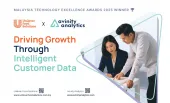









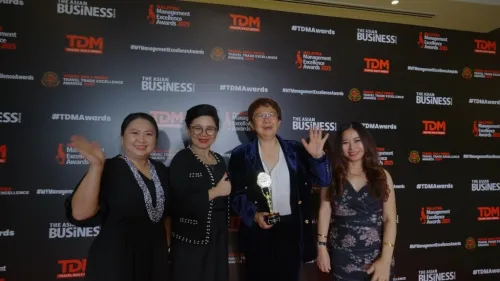
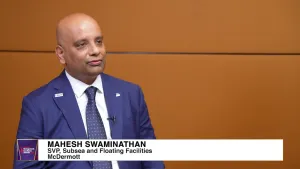
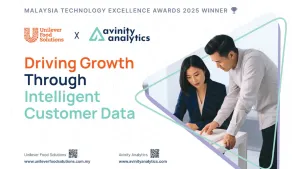
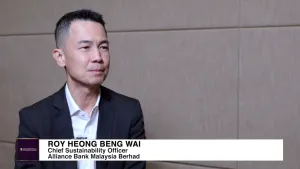
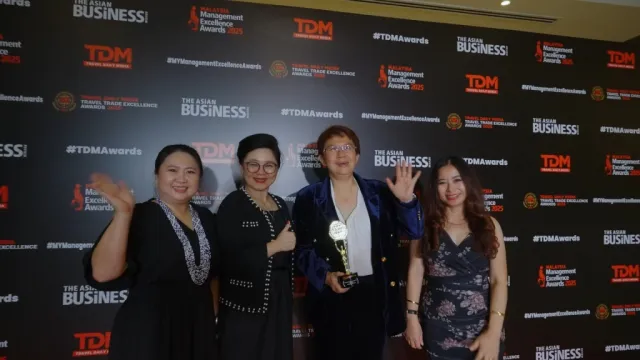

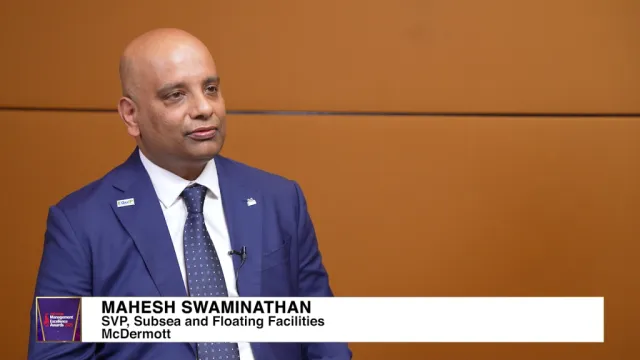
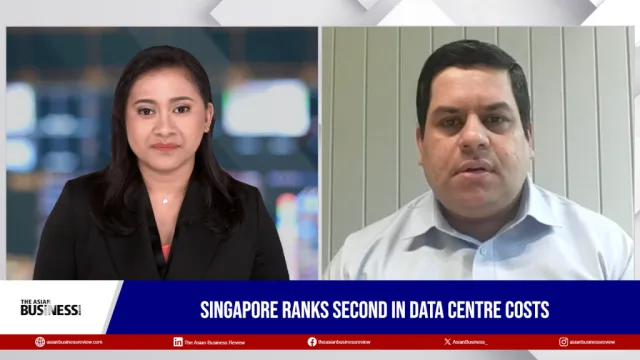

 Advertise
Advertise








